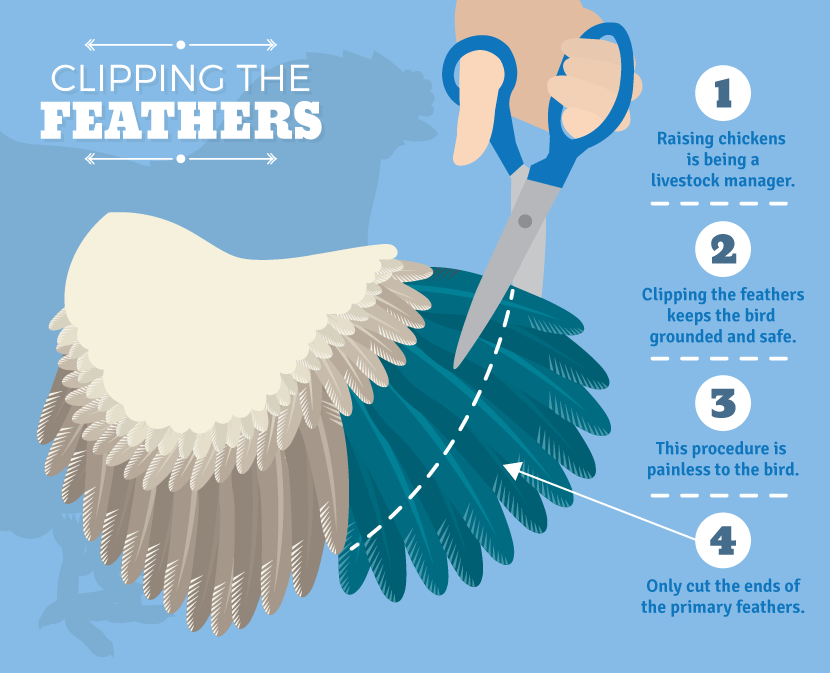You’d presume it would be a natural instinct for a hen to want to hatch her own chicks, but that’s definitely not always the case. At Higher Oak farm, because we breed rare breed hens, it’s really hard to get them to hatch and rear their own chicks. We’ve only been successful with 1 Araucana hen that’s naturally hatched and raised her own chicks. Having said that, we still hatch and rear hundreds of chicks by using special brooding hens. We use Silkie hens, as we’ve found these guys live for hatching their own chicks. We collect and choose which breed we want to hatch more of and swap the eggs from underneath a broody hen with the eggs we want to hatch (We do this at night to help keep the hen calm).
We try and utilise broody hens as often as we can. There are so many benefits to having the chicks being brought up by another hen. It takes away the issues of using incubators as the hen does everything naturally. The chicks will grow up understanding their environment a lot more as they’ve learnt everything from the mother hen. They are more wary of people to begin with, but soon understand that you’re the one that will feed them and they become a lot more friendly!
Common broody hen breeds
Some of the most common broody breeds are Cochins, Orpingtons, Brahmas, Silkies, Sussexes, and Marans. There are other common heritage breeds that will go broody (Cornish, Barred Rocks, Wyandottes, and Turkens, to name a few), but you may have more trouble keeping them on the nest. If you want to hatch eggs without an incubator, don’t take your chances on regular breeds. Instead, get broody breeds!
Signs of a good brooder
You may notice that the same hen has been sitting on the nest for quite a while. You might think, “she’s broody!” But that isn’t always the case. In fact, it’s often not the case. Sometimes hens just get tired and lay in the box to rest. Others abandon the nest after 24-hours. Here’s some signs of a good broody.
She’s a permanent sitter - She sits on the nest all day and all night when you leave eggs in the nest. She’ll not get up to roost in the evening with the other chickens. She’ll sit on the nest longer than 24-hours, and she’ll return to the nest quickly after getting a drink and bite to eat.
She screams at you - Broody hens can be vicious things, and rightfully so. They have the ultimate prize to protect! If you try to remove her from the nest, she’ll puff up and make a shrill noise while resisting all your efforts.
Broody poop - If you’ve had a hen that’s been sitting on the nest all day, she’s been retaining her poop. When she finally gets off the nest, her manure will be larger than normal and stink. Don’t worry, you’ll know the difference when you smell it and see it
She lays fairly flat - While laying hens will sit in the nesting box, brooders tend to lay flat, making sure they cover all of the eggs.
We always take the broody hen out from the flock and into a separate pen where she can brood in peace. We tried to let the hen brood and hatch in the run but unfortunately the other hens and cockerel did not take it well and killed the chicks. It’s safe to say, we'll never be doing that again! If you don’t have another separate coop you can use any of the below:
-An old doghouse as long as there is an enclosed area where the hen can go outside safely.
-An enclosed pet carrier or dog crate
-Rabbit Hutch
-Small portable chicken coop with run.
Hatching the eggs
Bedding - Make sure she has plenty of fresh straw in her nesting area, deep enough to protect the eggs from hard surfaces.
Food and Water - Give the hen plenty of food and water. Place the food and water near her nesting spot to encourage her to get up once or twice a day.
Make sure she gets back on the nest - If she gets off the nest for long enough for the eggs to start getting cold, just coax her back into the nest using treats or pop her back on the nest.
Hatching- It takes about 3 weeks for eggs to hatch. Make a note of the day she goes broody, about half way through you might want to look at candling the eggs to take out any that aren’t viable. Once the chicks start to pip (crack the shell) keep an eye on them. Most of them should hatch on their own but you’ll want to be on hand to help if there’s any hiccups.
Congratulations on your new arrivals!















